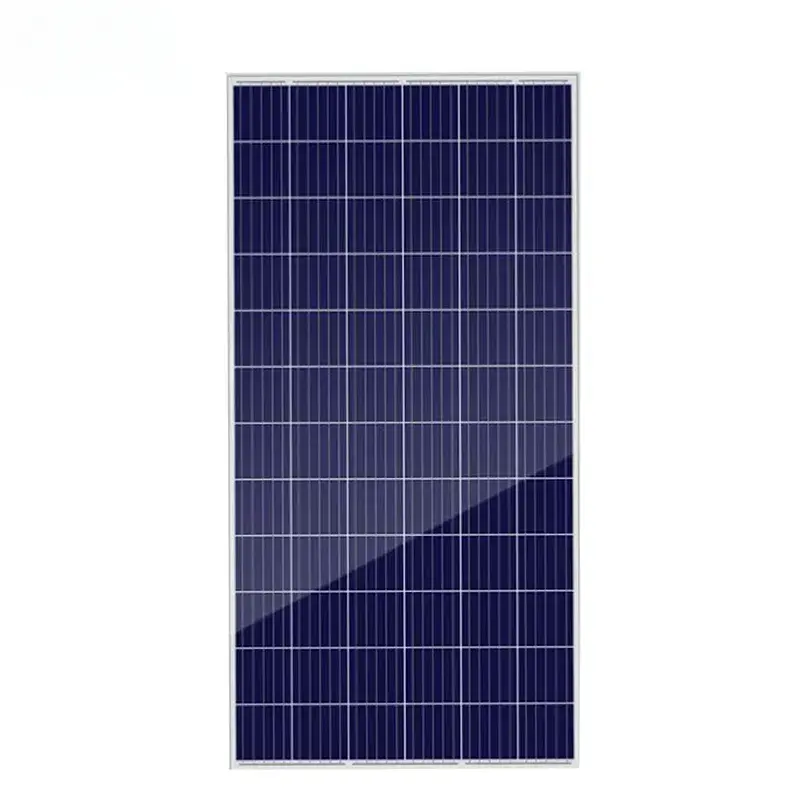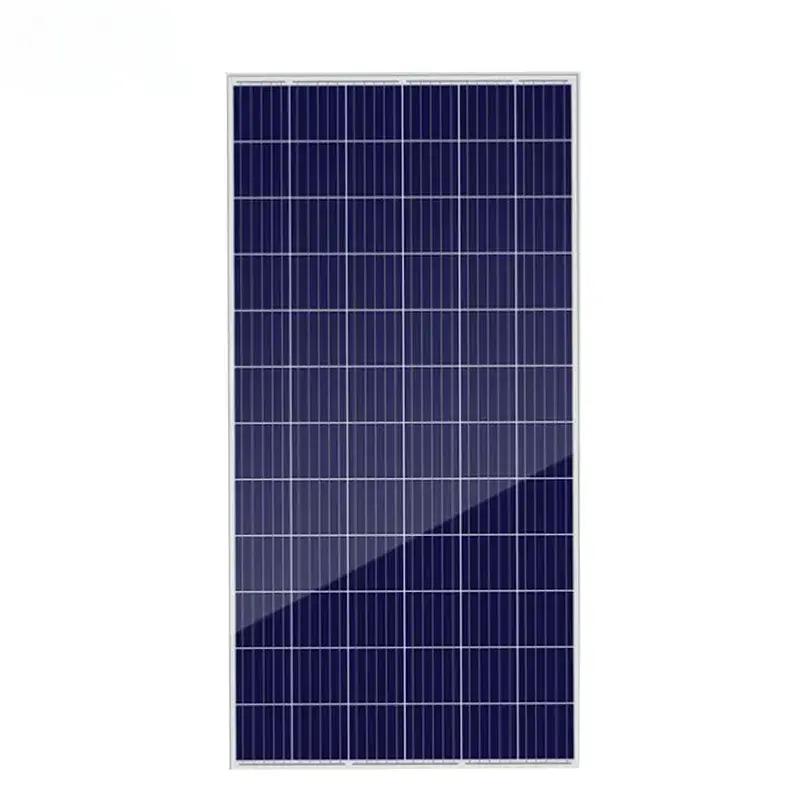Polycrystalline solar panels, also known as multi-crystalline solar panels, have emerged as a significant player in the renewable energy sector due to their cost-effectiveness and relatively high efficiency. Unlike monocrystalline panels, which are made from a single silicon crystal, polycrystalline panels are constructed from multiple silicon crystals melted together to form a single ingot. This process leads to a unique appearance characterized by visible crystalline grains.

Performance Characteristics
Efficiency and Cost-Effectiveness
One of the primary attractions of polycrystalline solar panels is their balance between efficiency and cost. While they typically have slightly lower efficiency rates compared to monocrystalline panels—ranging between 15% to 20%—the production costs are significantly lower. This cost advantage makes polycrystalline panels an attractive option for residential and commercial installations seeking to maximize energy output within budget constraints.
Durability and Reliability
Polycrystalline solar panels are known for their durability and reliability. The multi-crystalline structure provides a certain level of resilience against temperature fluctuations and weather conditions, ensuring consistent performance over extended periods. Additionally, advancements in encapsulation materials and frame designs have further enhanced their robustness, making them suitable for installation in various climates.
Light Absorption and Temperature Coefficient
Due to their textured surface, polycrystalline panels exhibit better light-scattering properties, which can improve light absorption, especially under diffuse sunlight conditions. However, they do have a higher temperature coefficient than monocrystalline panels, meaning their efficiency decreases slightly with increasing temperatures. Proper ventilation and installation strategies can mitigate this effect, ensuring optimal performance.
Applications in Different Sectors
Residential Use
For homeowners looking to reduce their carbon footprint and electricity bills, polycrystalline solar panels offer an excellent solution. Their cost-effectiveness allows for broader adoption, making solar energy more accessible. Many residential systems are designed to be grid-tied, allowing excess energy production to be sold back to the utility company, further enhancing their economic appeal.
Commercial and Industrial Installations
Businesses, too, can benefit greatly from polycrystalline solar panels. Large rooftops and open spaces in commercial and industrial settings provide ample room for installing these panels. The energy savings and potential for selling surplus power can lead to significant cost reductions and improved sustainability profiles for businesses. Furthermore, government incentives and tax credits often sweeten the deal, making the transition to solar more attractive.
Agricultural Applications
In the agricultural sector, polycrystalline panels are increasingly being used to power irrigation systems, pumps, and other farm operations. Their durability and ability to operate reliably in rural, often harsh environments make them ideal for these applications. Farmers can thus reduce their reliance on fossil fuels, lower operational costs, and contribute to more sustainable farming practices.
Off-Grid and Remote Locations
For remote locations or off-grid communities where traditional power sources are unavailable or unreliable, polycrystalline solar panels provide a reliable and sustainable energy alternative. Their cost-effectiveness and robust design make them well-suited for these challenging environments, enabling access to electricity for essential services such as healthcare, education, and communication.
Future Prospects and Innovations
As technology advances, polycrystalline solar panels are undergoing continuous improvements. Innovations in cell design, such as half-cut cells and PERC (Passivated Emitter and Rear Cell) technology, are boosting efficiency levels and further reducing costs. Additionally, research into new materials and manufacturing processes holds the promise of even more efficient and affordable polycrystalline panels in the future.
Conclusion
Polycrystalline solar panels stand out as a versatile and cost-effective option in the renewable energy landscape. Their robust performance, reliability, and diverse applications across residential, commercial, agricultural, and off-grid sectors underscore their importance in driving the transition to sustainable energy. With ongoing innovations and technological advancements, polycrystalline solar panels are poised to play an increasingly significant role in shaping a greener, more sustainable future.

